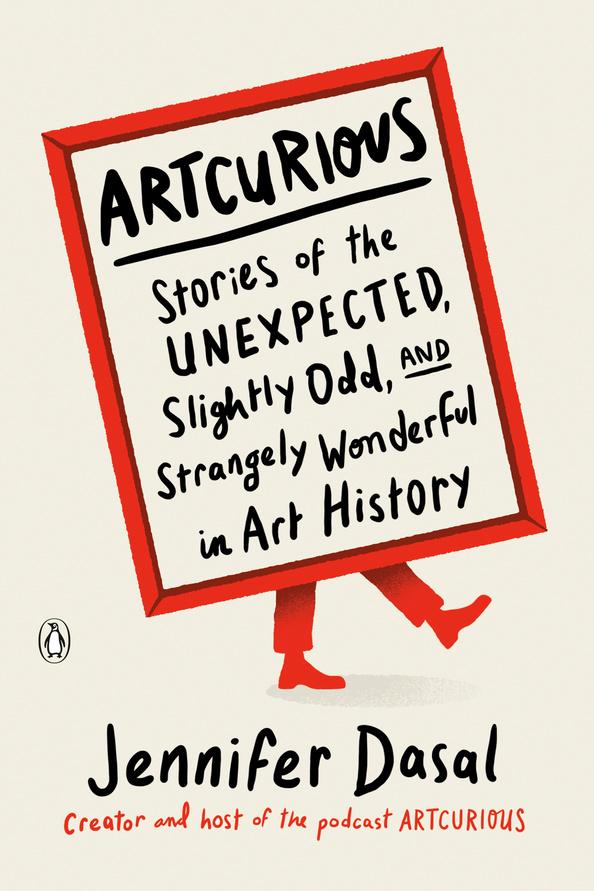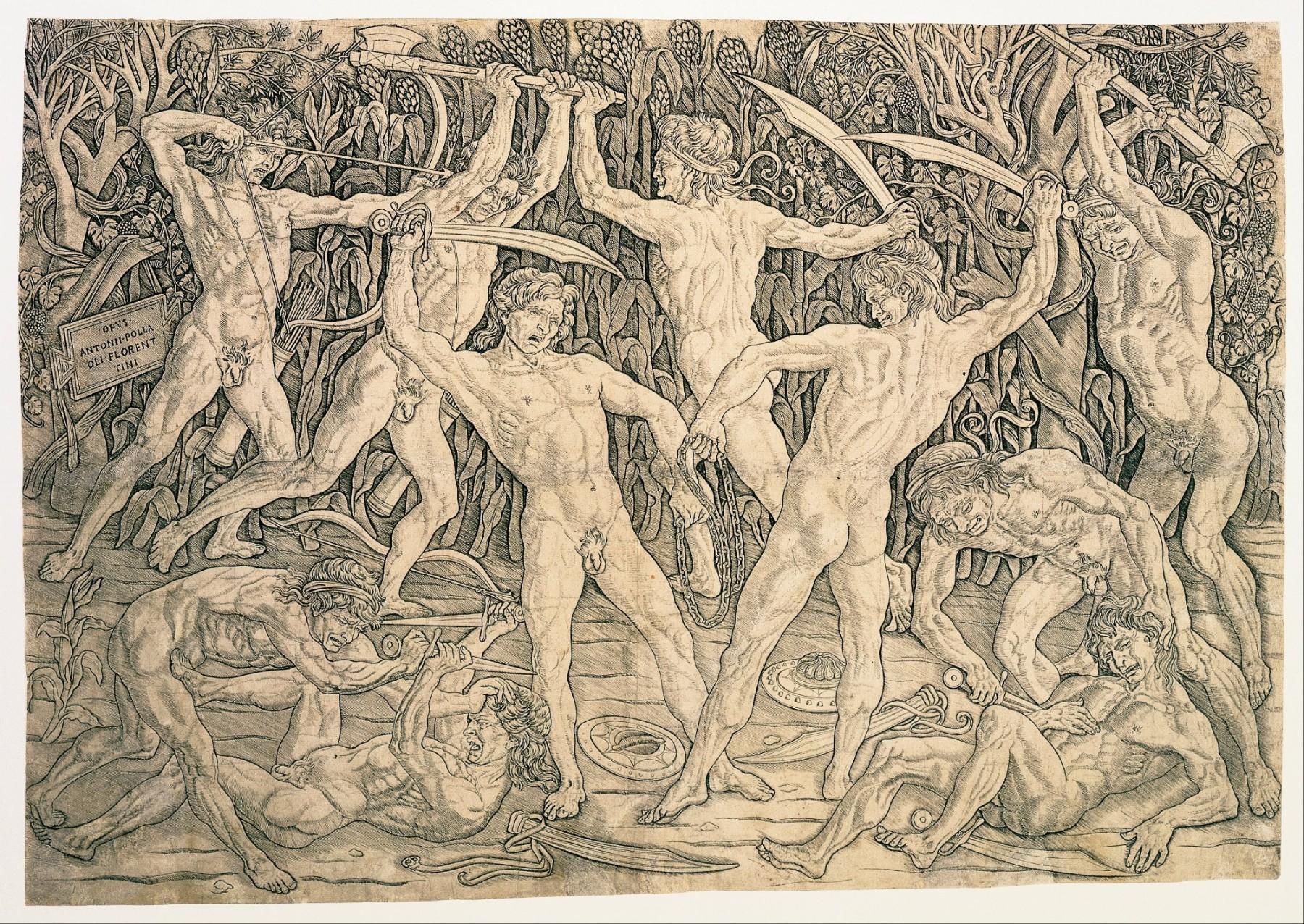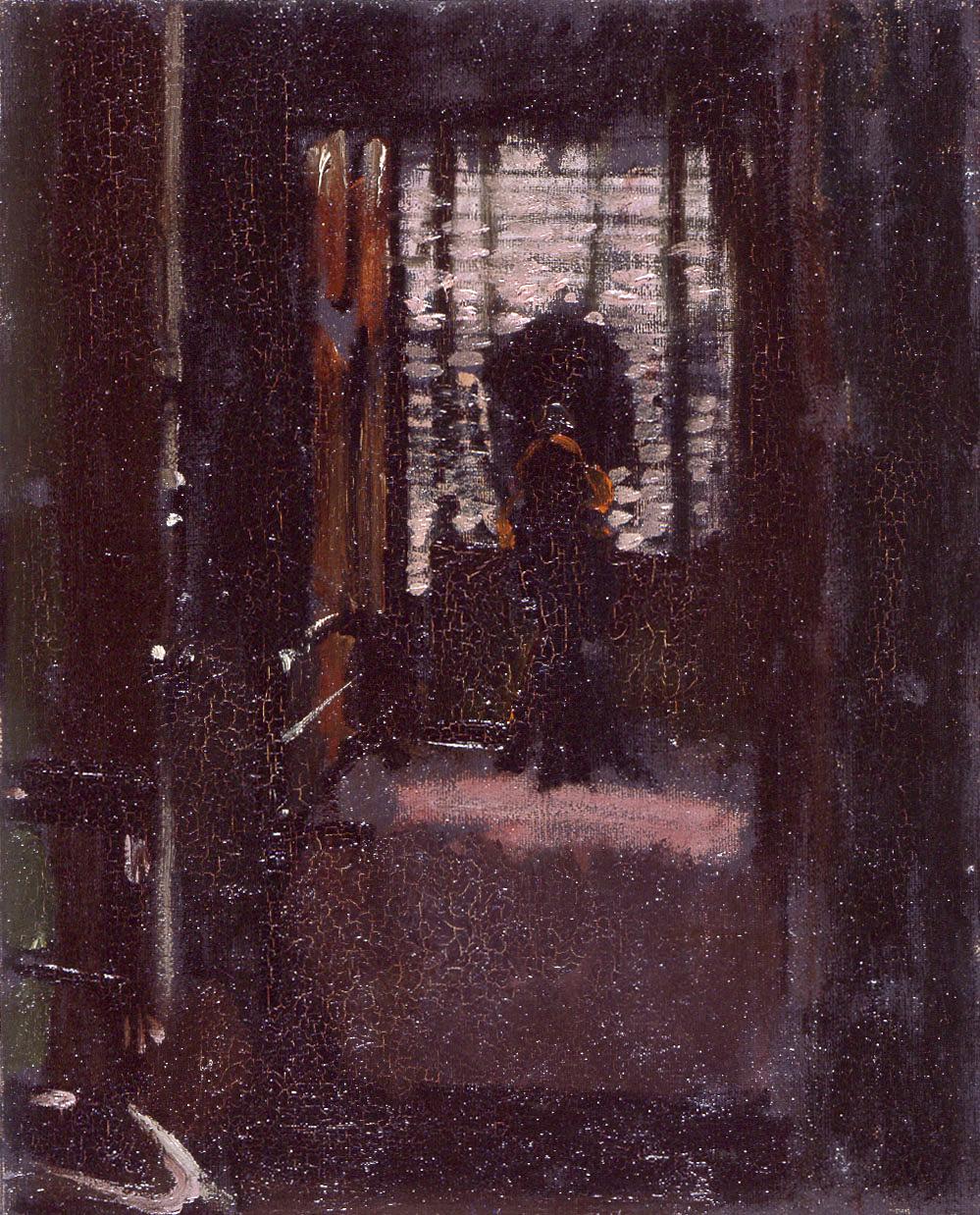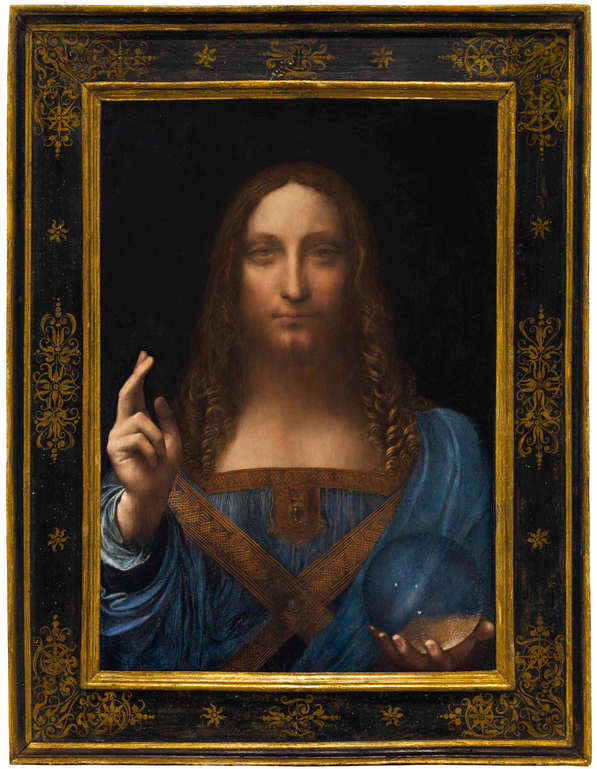Initially, Dasal chose topics based on her own interests. “I covered what I wanted to cover, which I hope brought forth a sense of excitement and enthusiasm,” she said in a recent interview. Then she developed thematic seasons and series (e.g., “The Coolest Artists You Don’t Know”) and began taking requests. “Listeners have opened my eyes to stories that might not have come to my mind, too, and that’s so gratifying. I often learn as much as a listener might, in the process of writing these shows.”
The podcast continues to be a hit, and now, Dasal has parlayed its extraordinary success into a book available in September, also titled ArtCurious. Like its namesake, the book presents histories and mysteries from the art world, from Van Gogh’s supposed suicide to Andy Warhol’s obsession with time capsules. Some of the chapters will be familiar to the podcast’s fans, others entirely new.





























